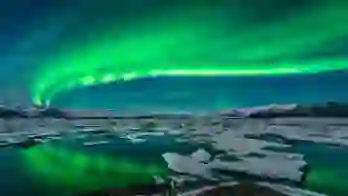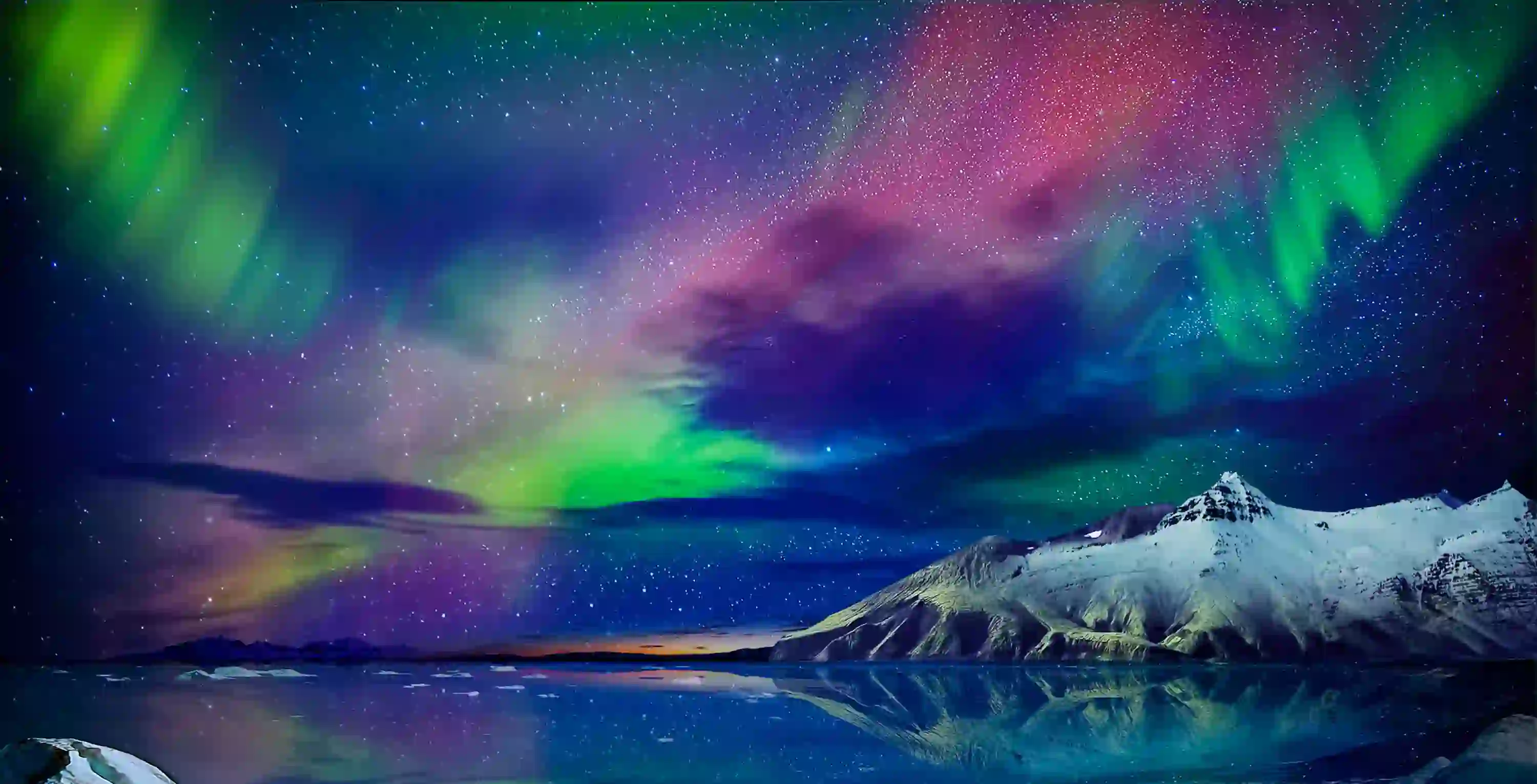
Iceland Tours & Holidays
Escorted tours and holidays to Iceland
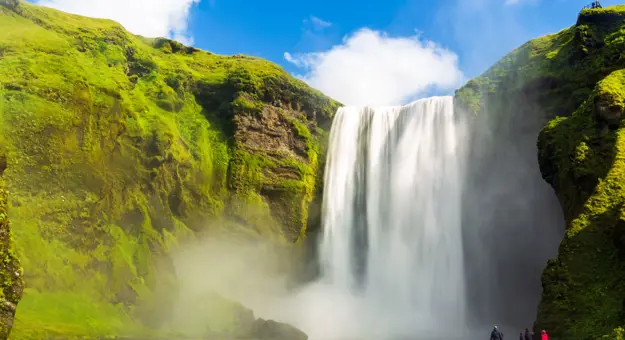
Take a tour of Iceland, to the Land of Fire and Ice, and witness some of Mother Nature’s most incredible achievements. Discover a startling landscape of rumbling volcanic fields and bubbling thermal pools, plunging waterfalls and spouting geysers, distant glaciers and sparkling ice caves.
The Nordic island country of Iceland lies just below the Arctic Circle, in the middle of the North Atlantic. Although remote, Iceland is one of the world's top travel destinations. And it is also perhaps one of the few places in the world really deserving of its description as a ‘natural wonderland’, a place where all the Earth’s natural power and beauty are revealed in the surrounding landscape.
Explore the country’s vibrant capital, Reykjavík, set on a headland jutting into the crystal-clear waters of Faxaflói Bay. Lying between the mountains and the sea, Reykjavík is the world’s most northerly capital, situated almost on the Arctic Circle, and with its colourfully-painted wooden houses, it presents a wealth of sights for nature lovers and lovers of art and culture alike.
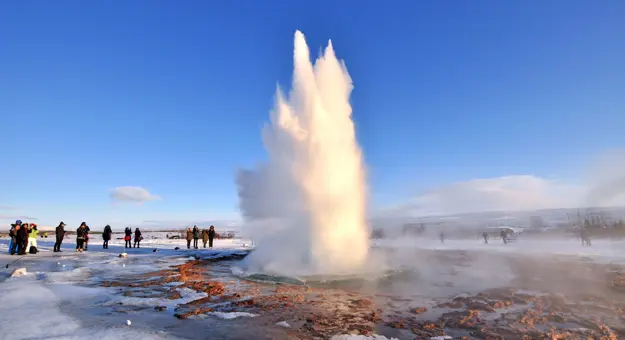
Make the most of your tour to Iceland by taking the famous Golden Circle tour, which includes visits to Þingvallavatn, Iceland’s largest freshwater lake, and to the extraordinary sight of Þingvellir, where the world’s oldest national parliament, the Alþingi, was established in 930AD. The tour will also include a visit to the stunning Gullfoss waterfall, one of Iceland’s most beautiful natural wonders.
Elsewhere, immerse yourself in Mother Nature’s most startling spectacles, from the multihued igneous mountains and lava fields of Landmannalaugar National Park, and the spectacular Skaftafell Ice Cave at Vatnajökull National Park, to one of the most powerful waterfalls in Europe, the Dettifoss Waterfall.
Visit in the summer and take in the phenomenon of the midnight sun’s golden and pink hues as you experience 24-hour sunlight. Or perhaps take in some of the country’s most interesting towns and villages. Visit Akureyri, the largest town outside the capital, and renowned for its beauty. The north-western town of Ísafjörður invites its visitors to see some of the oldest timber-frame houses in Iceland at the Westfjords Heritage Museum. On the opposite end of the map is the charming and quirky town of Seyðisfjörður, with its Waterfall Lane of over 20 sparkling cascades and the snow-capped mountains that provide a stunning backdrop for the town’s colourful wooden houses.
Our tours to Iceland
- Explore Reykjavík on a guided tour
- Enjoy an optional visit to the steamy and salubrious Blue Lagoon
- Set off on an included tour in search of the Northern Lights
- Flights included
5 days from £1,067 pp
was £1,185 pp
Dates Available
February 2026 - March 2027
Duration
5 days
Depart From
5 airports
Excursions & Visits
2 included
Meals
4 included
Things to do in Iceland
Iceland is a country blessed with plenty of striking and contrasting landscapes, giving its visitors plenty to see and do. We have listed the top three things to do on your holiday in Iceland.
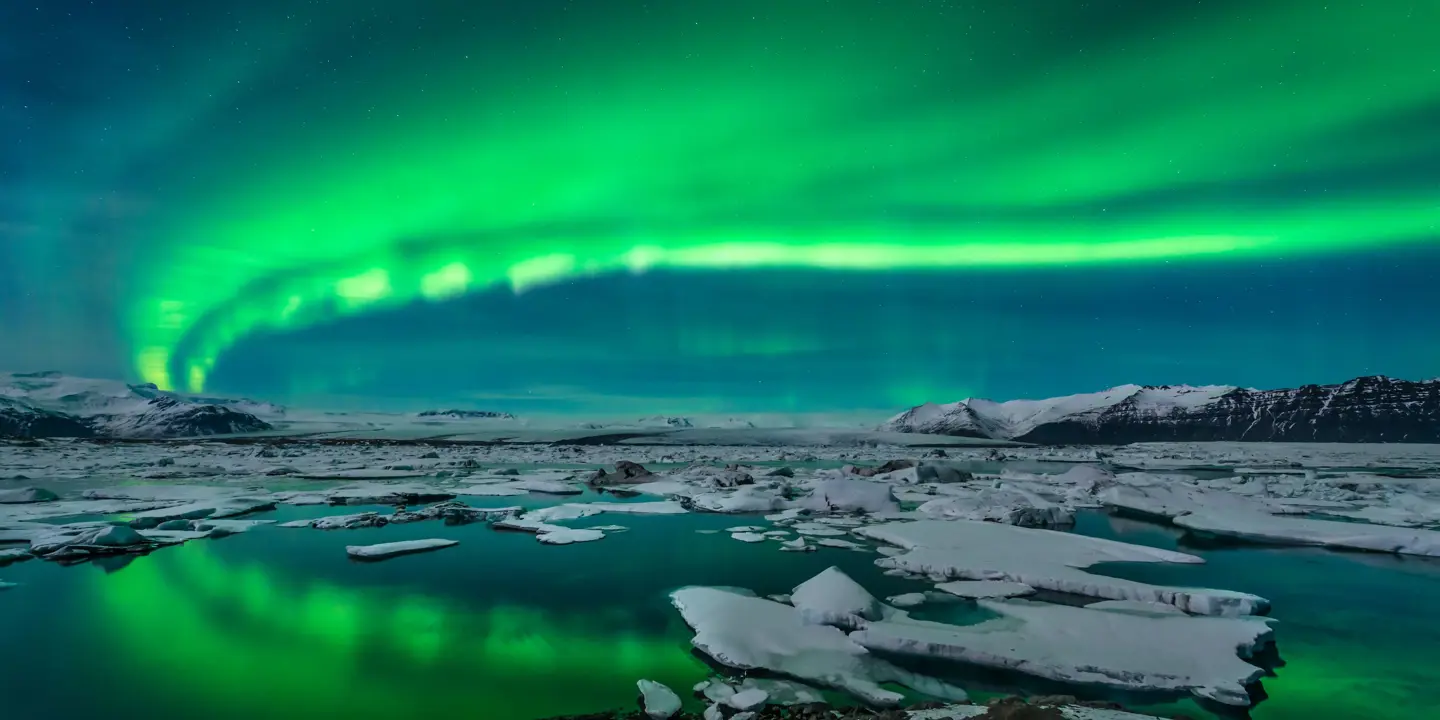
See the Northern Lights
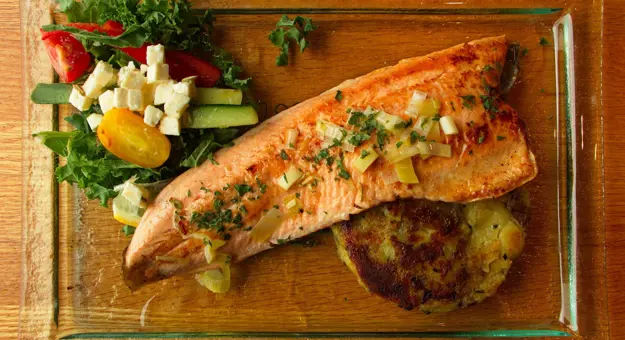
Food & Drink in Iceland
Unsurprisingly, given that Iceland is surrounded by the ocean, fish and seafood are some of the most popular elements of Icelandic cuisine.
Cod, haddock, mackerel, and monkfish are available in most restaurants, hardfiskur (dried, salted fish) is considered a delicacy, and Icelandic fish stew is a national favourite in cold weather. This traditional, hearty meal combines fish, potatoes, onions and béchamel sauce and often served with rye bread.
Despite Iceland’s climate, a range of vegetables are farmed on the island. And beyond obvious cool-weather crops like potatoes, carrots and kale, the development of greenhouses heated with the island’s abundant volcanic energy has allowed Icelandic farmers to expand their output to include tomatoes, cucumbers and even bananas and grapes.
If you’re a committed carnivore, Icelandic lamb is a real treat that you don’t want to miss, and, like their Danish neighbours, Icelanders are particularly keen on hot-dogs (pylsur) which are found on street stalls everywhere, and eaten with ketchup, relish and onions. Finally, if you find yourself in need of a warming tipple, Brennivín is Iceland’s signature distilled beverage. This clear, unsweetened schnapps is also known as Black Death, and made from fermented potato mash seasoned with caraway seeds.
Iceland FAQs
First trip to Iceland? Here are a few questions you might have.
Time Zone
GMT -1
Avg. Flight Time
3 hours
Visa
Not required
Currency
Icelandic króna
Discover our blog
Inside our itineraries Q&A series: Uncovering Iceland
Get the lowdown on the ‘Land of Ice and Fire’ as our Product Manager, Dean, sits down with us to answer your biggest Iceland questions.
11 of Europe’s best hotspots
Discover some of Europe's most popular hotspots to visit with Newmarket Holidays.
Six things to do as soon as you land in Tallinn, Estonia
Discover the beauty of Tallinn, Estonia on our city break. Explore the Old Town, visit historic sites and sample delicious cuisine. Book now!
